Nikon D3000 Digital SLR Review - Nikon D3000 Digital SLR Review
Nikon D3000 Digital SLR
Nikon's newest entry-level DSLR comes under the spotlight
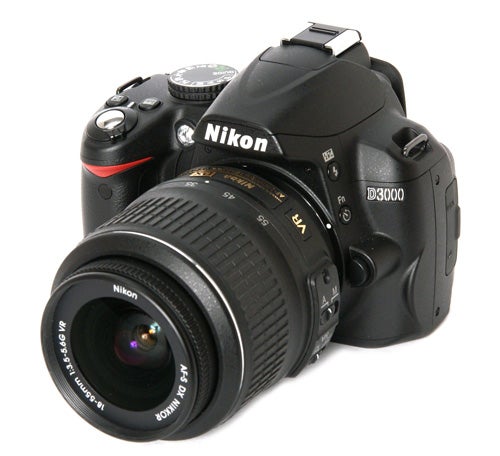
Sections
- Page 1 Nikon D3000 Digital SLR Review
- Page 2 Nikon D3000 Digital SLR Review
- Page 3 Nikon D3000 Digital SLR Review
- Page 4 Features Table Review
- Page 5 Test Shots – ISO Performance Review
- Page 6 Test Shots – Detail and Lens Performance Review
- Page 7 Test Shots – Exposure Evaluation Review
The D3000 makes a good first impression. It’s small for a DSLR, measuring 126 x 97 x 64 mm, although that’s actually slightly thicker than the EOS 1000D. It’s around 35g heavier than the Canon though, and certainly feels a lot more solid and well made. The body is made of plastic over a steel frame, but the panel joins are very tight fitting, and there’s no trace of the slight air of flimsiness that bedevils some entry-level models.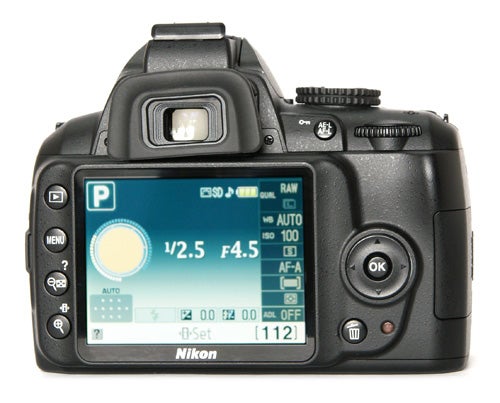
The D3000 has a very basic specification. It has what I suspect is the same Sony 10.2 megapixel CCD sensor used on the D60, the Sony A230 and a lot of other low and mid-range models from both companies for the past several years. It’s always been a good reliable sensor, and the D3000 marries it up with a fast Expeed processor and manages to coax a bit of extra speed out of it.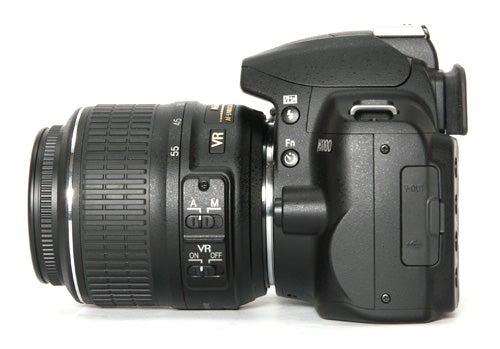
One weak point of the D60 was its weak three-sensor autofocus system. The D3000 however features the same excellent Multi-CAM 1000 11-point system found in the D5000, and based on the acclaimed AF system of the D3 and D300. The centre sensor is a more sensitive cross-type, and the addition of a good powerful AF assist lamp results in excellent low light performance. 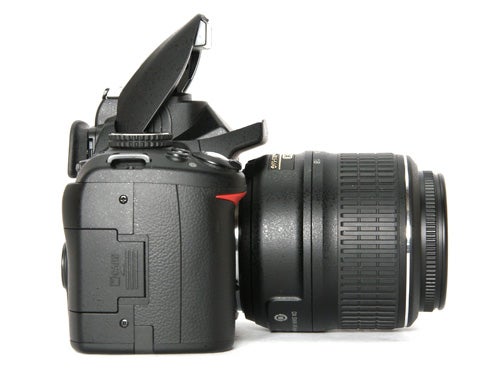
Other stock components include the shutter system and exposure meter, which are both the same as those of the D5000 and the D60. The shutter has an excellent speed range of 1/4000th of a second to 30 seconds, plus a B setting. The exposure meter uses a 420-pixel RGB sensor, and has proven to be reliable and accurate on its previous outings.
The D3000 is intended for beginners, and to this end it features a Guide setting on its main mode dial. This selects a special simplified menu system taking new users step by step through the process of basic camera setup, taking a photo and viewing options for the results, setting the camera up automatically according to the operation selected. This system is so ridiculously easy to use that’s it’s hard to imagine anyone having a problem with it. For more advanced operation the camera has the same easy-to-use graphical interface as the D5000, and the same informative monitor data display.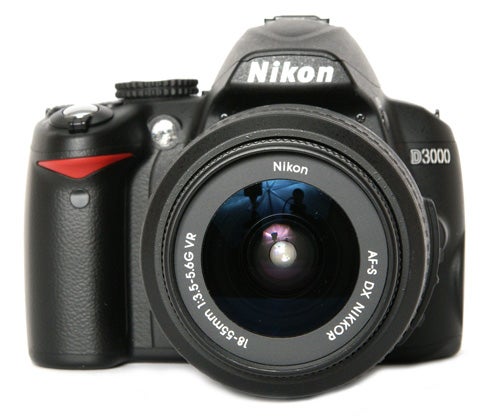
Once you’ve mastered the basics, the D3000 offers a reasonable level of creative control for more experimental photography. Main shooting options are all selected via the big mode dial, and include the usual P/A/S/M exposure options as well as six basic scene modes. The main menu system is somewhat simplified, but does include the Picture Control option, with six different tone presets that can be customised by the adjustment of contrast, saturation, hue and sharpness. Exposure compensation is +/- 5EV, and there are multiple flash modes to play with.

